Varicose veins - Preventive measures that can help you
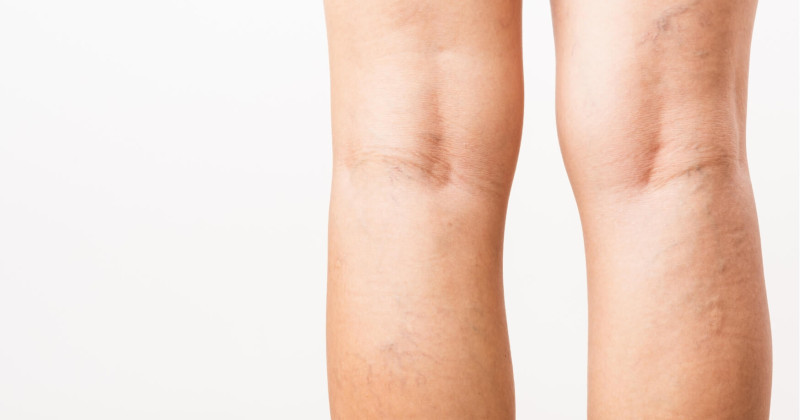
Varicose veins are caused by weak or damaged valves in the veins, especially in the legs. While arteries carry blood from the heart to the rest of the body, veins are responsible for returning blood from the body back to the heart.
Varicose veins are twisted, enlarged veins. Any vein close to the skin surface can become enlarged. Varicose veins most commonly affect the veins in the legs. This is primarily because standing and walking increase the pressure in the veins of the lower body, including the veins of the legs.
Table of Contents
What are varicose veins?
What is the role of veins in the body?
What contributes to the development of varicose veins?
Risk factors for varicose veins
Symptoms of varicose veins
Preventive measures that can help prevent the development of varicose veins
What are varicose veins?
Varicose veins in the legs appear as bluish, swollen, twisted, or bulging veins. Some are located on the skin and form spider-like patterns, while others are deep veins situated between the leg muscles, appearing as dark streaks or bulges under the skin.
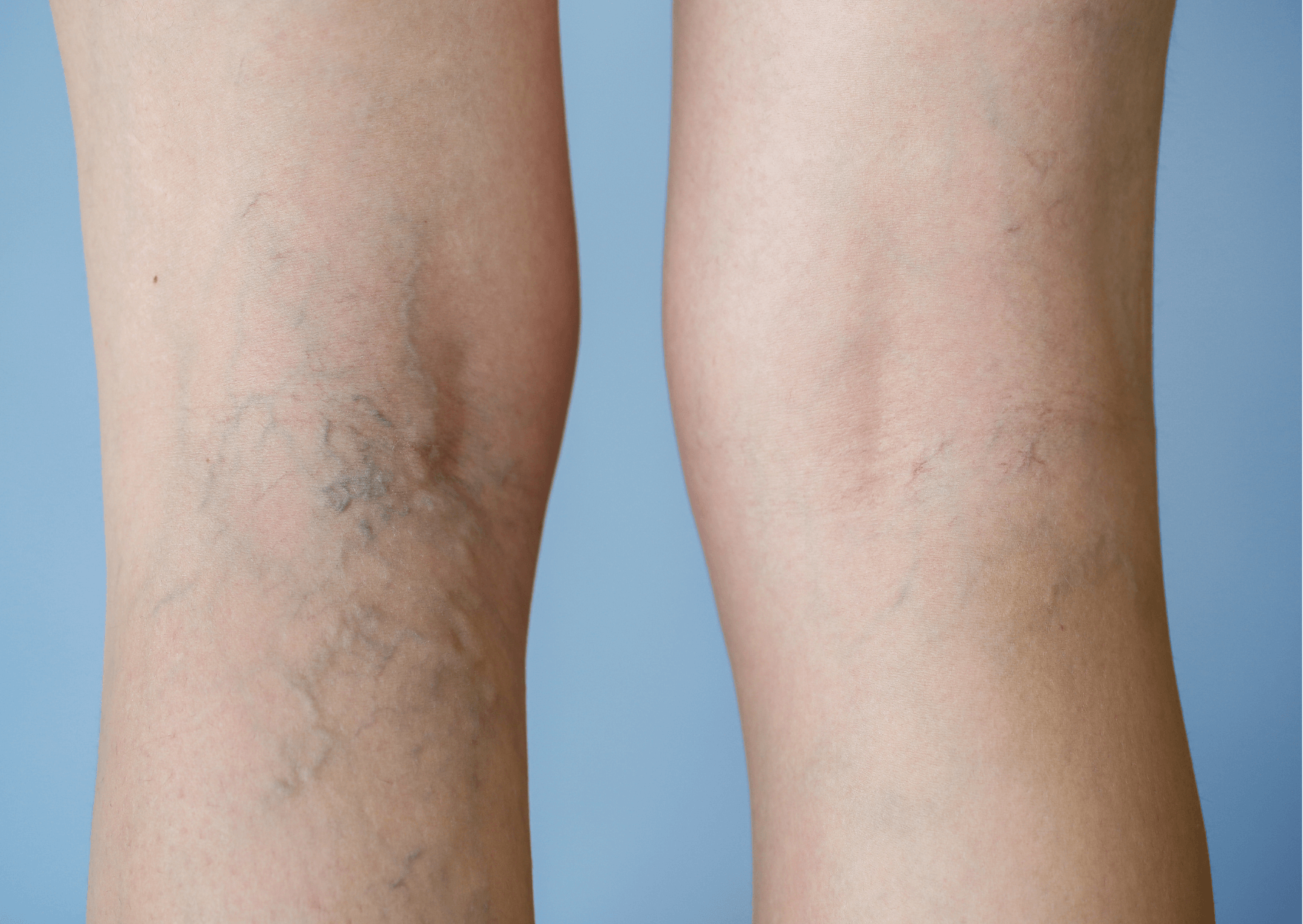
They most commonly occur on the back of the calves or on the inside of the legs. Varicose veins are more common in women than in men and can also be partially inherited.
What is the role of veins in the body?
Veins play a crucial role in carrying blood back to the heart. While arteries carry oxygen and nutrients from the heart to other parts of the body, veins perform the opposite function. As blood carries waste carbon dioxide back to the heart and lungs, veins allow the blood to return against gravity.
The venous system lies between the muscles, which contract to help push blood toward the heart. Additionally, veins contain valves that open and close, preventing the backward flow of blood toward the legs. Valves help maintain one-way blood flow and prevent congestion in the veins.
What contributes to the development of varicose veins?
The development of varicose veins is associated with weak or damaged valves in the veins, especially in the leg area. While arteries carry blood from the heart to the rest of the body, venous veins are responsible for returning blood from the body back to the heart. To successfully return blood to the heart, the veins in the legs must overcome the force of gravity.
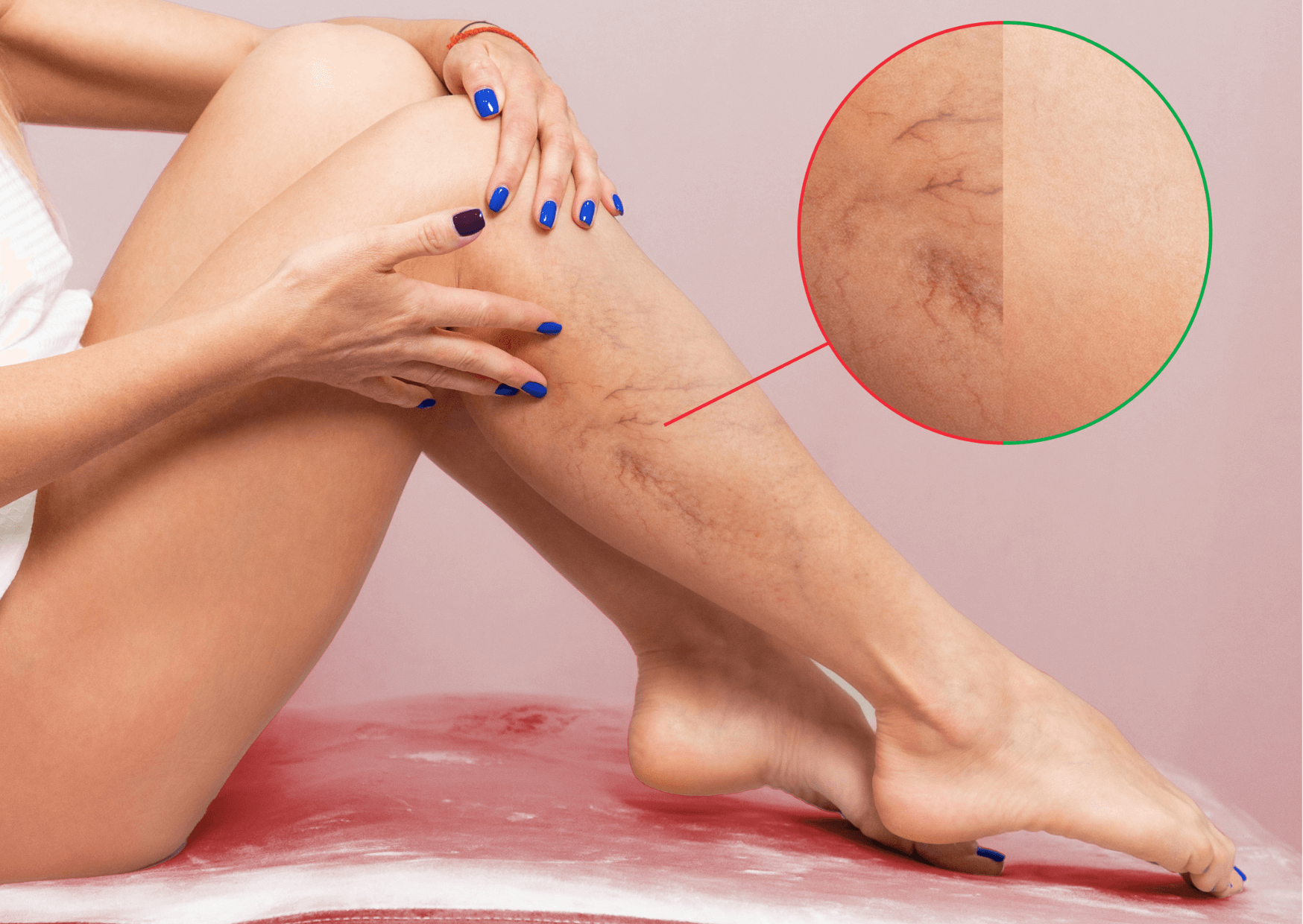
The contraction of muscles in the lower legs acts as a pump, assisting the vein walls in carrying blood back to the heart. Tiny valves in the veins open as blood flows toward the heart and then close to prevent the backward flow of blood toward the legs.
If these valves become weakened or damaged, blood can flow backward and accumulate in the veins, causing them to stretch or twist.
Risk factors for the development of varicose veins
There are several factors that can contribute to the development of varicose veins. Some of these factors include genetic predisposition, age, gender, pregnancy, obesity, sedentary lifestyle, prolonged standing or sitting, lack of physical activity, hormonal changes, and injuries.
Age
Aging causes wear and tear on the valves in the veins that help control blood flow. Over time, this wear and tear cause the valves to allow some blood to leak back into the veins, where it pools.
Gender
Women are more likely to develop varicose veins. Hormonal changes before menstruation, during pregnancy, or menopause can be significant factors, as female hormones tend to relax vein walls. Hormone therapy, such as birth control pills, can also increase the risk of developing varicose veins.
Pregnancy
Pregnancy is another factor that can contribute to the development of varicose veins. During pregnancy, the volume of blood in the body significantly increases to support the growing fetus. This increased blood volume can also affect the veins in the legs.
Additionally, the increased pressure of the uterus on the inferior vena cava (the main vein that collects blood from the lower body) can hinder the return of blood from the lower body back to the heart, contributing to the dilation of veins and the development of varicose veins.
Genetics
Genetic predisposition is an important risk factor for the development of varicose veins. If members of your family have varicose veins, the likelihood of you having them is higher.
Obesity
Excess weight and obesity are significant risk factors as the additional pressure on the veins makes it harder for blood to flow and causes vein enlargement. A sedentary lifestyle involving prolonged sitting or standing can hinder blood circulation and contribute to the development of varicose veins.
Hormonal changes
Hormonal changes can also contribute to the development of varicose veins. Hormones can affect vein elasticity and blood flow. For example, hormonal changes during pregnancy and the use of hormonal contraception can contribute to the development of varicose veins.
Symptoms of varicose veins
Varicose veins can manifest in various symptoms that can vary depending on the stage and severity of the condition.
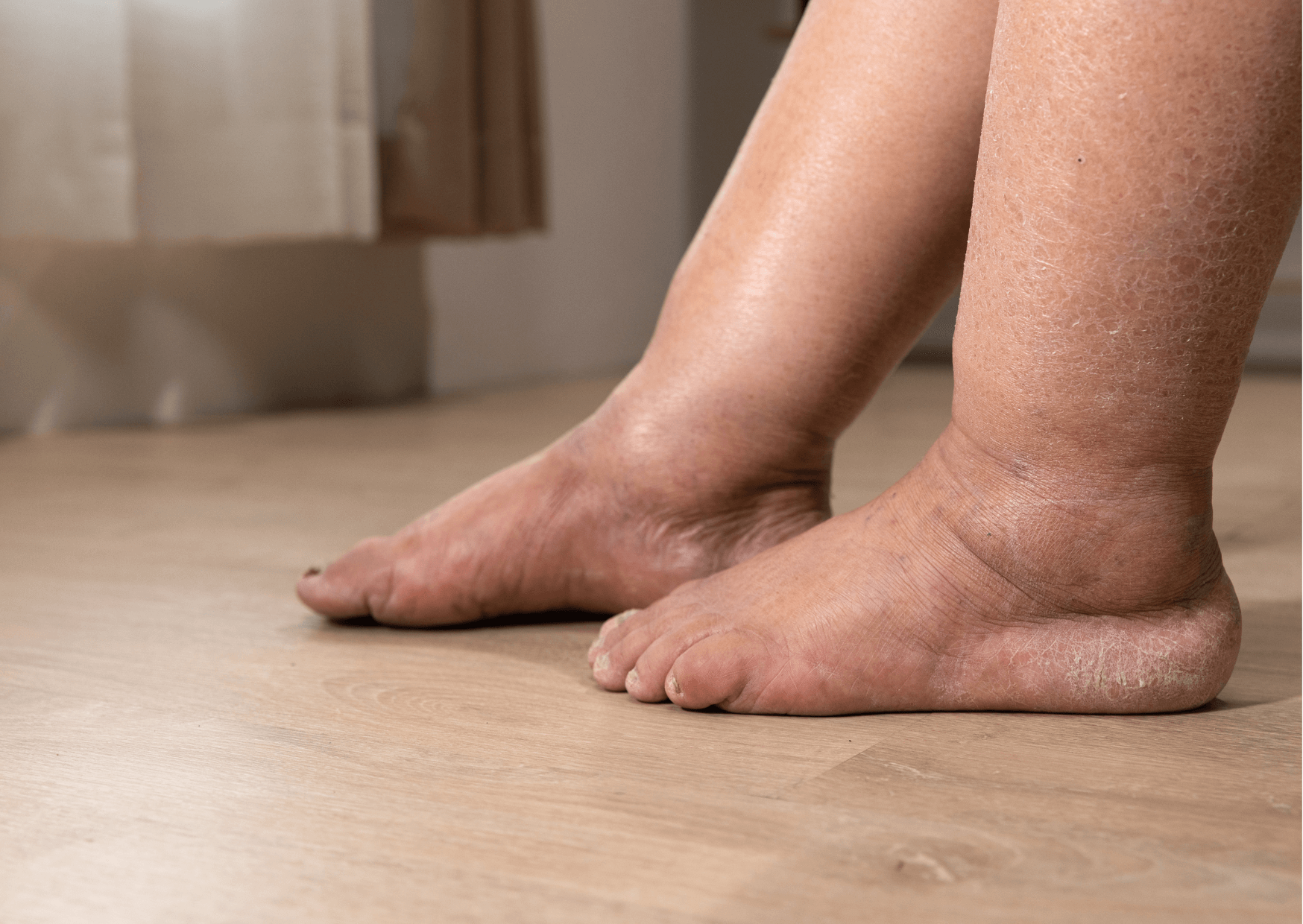
The most common symptoms of varicose veins include:
-
Visibly enlarged veins: This is one of the most obvious signs of varicose veins. The affected veins are visibly swollen, enlarged, and may form knots or twists on the skin's surface. They usually appear on the legs and feet but can also spread to other parts of the body.
-
The feeling of heaviness and fatigue in the legs: Many people with varicose veins report a feeling of heaviness, fatigue, or tension. This feeling typically worsens towards the end of the day or after extended periods of standing or sitting.
-
Leg swelling: Varicose veins can lead to swelling in the legs, especially in the ankle and foot areas. Swelling often occurs due to blood congestion and increased pressure in the veins, causing fluid to leak into surrounding tissues.
-
Itching and burning sensation: Some individuals with varicose veins may experience itching or a burning sensation on the affected areas of the skin. This symptom can result from skin irritation caused by blood pooling in the veins.
-
Cramps and pain: Occasionally, painful muscle cramps in the legs, especially at night, may occur. The pain caused by varicose veins can range from mild to intense and usually worsens after prolonged periods of standing or sitting.
In addition to these symptoms, some people with varicose veins may also experience skin pigmentation, ulcers, inflammation, or bleeding in the affected areas.
Preventive measures that can help prevent the development of varicose veins
Preventive measures can play a crucial role in reducing the risk of developing varicose veins and slowing down the progression of the condition.
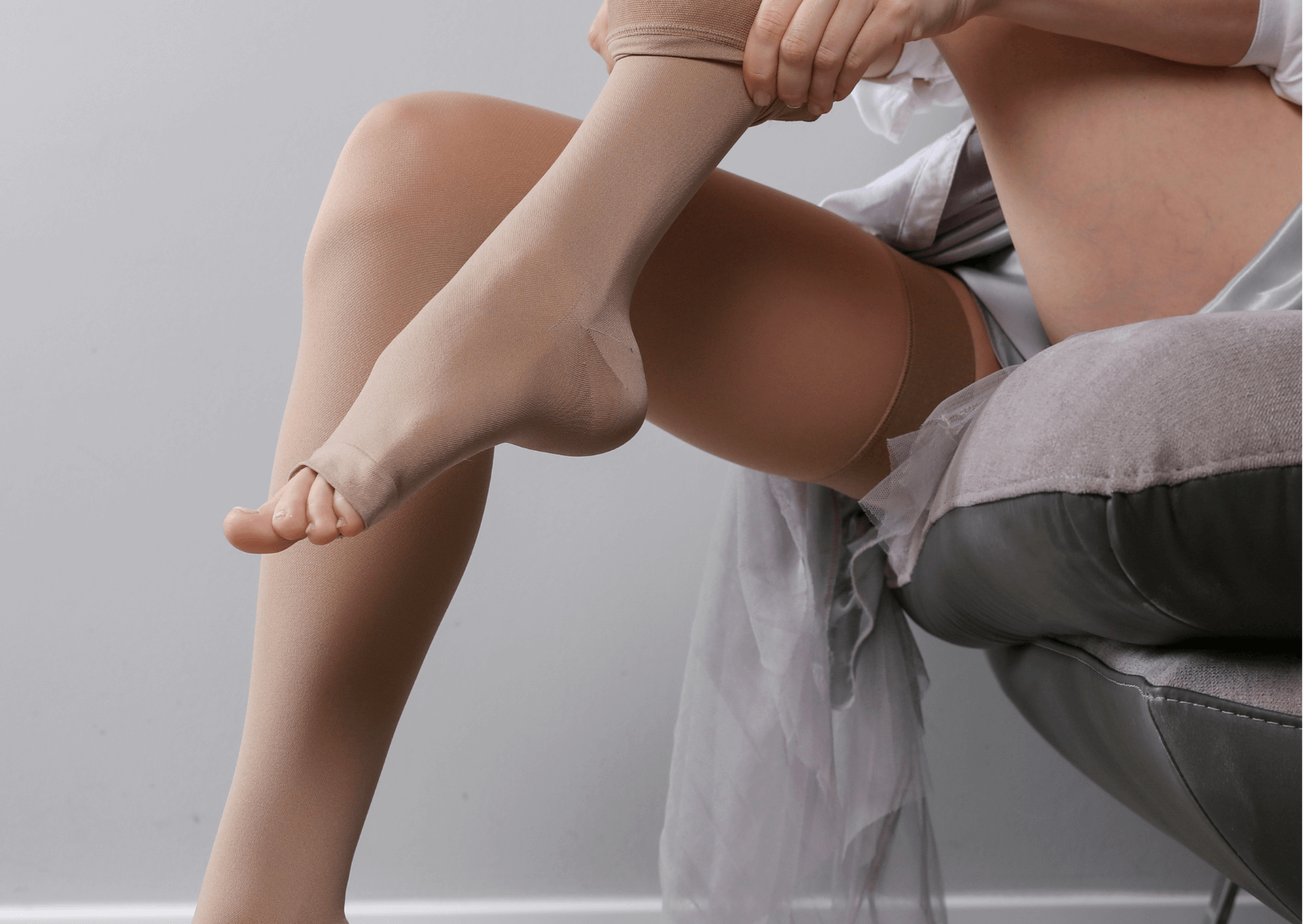
In addition to the measures mentioned above, there are additional ways to take care of your vein health:
- High-fiber diet: Consuming fiber-rich foods can help maintain healthy veins. Fiber contributes to the health of the digestive system and reduces pressure in the abdomen, which can subsequently reduce the risk of varicose veins. Include whole grains, fresh fruits and vegetables, legumes, and nuts in your diet.
- Avoiding heat: Excessive exposure to heat, such as prolonged sunbathing or hot baths, can dilate blood vessels and cause increased stress on vein walls. Consequently, the risk of developing varicose veins increases. Ensure moderate exposure to heat and avoid excessive heating of the legs.
- Choosing proper compression stockings: Compression stockings are designed to apply pressure to the legs and help improve blood flow. Using compression stockings recommended by a doctor or specialist can alleviate varicose vein symptoms and prevent their further development.
- Regular physical activity: Your leg muscles are your greatest allies. Why? They help your veins push blood back to the heart. Incorporating weight-bearing exercises into your routine can strengthen the muscles in your legs and improve blood flow. Excellent choices include cycling, walking, or swimming. Most importantly, if you have a sedentary job, make an effort to move as much as possible. Remember to take breaks at least every half an hour, stand up, and take a short walk.
- Preventing constipation: Constipation can increase pressure in the abdomen, worsening varicose vein symptoms. To prevent constipation, ensure a balanced diet with an adequate fiber intake and sufficient hydration. Regular physical activity and avoiding prolonged sitting can also contribute to a healthy digestive system.
- Maintain a healthy body weight: Legs are more burdened if you are overweight. Losing excess weight can prevent the development of new varicose veins. In addition to helping with varicose veins, weight loss has numerous other benefits. It also reduces the risk of heart disease, stroke, and type 2 diabetes.
